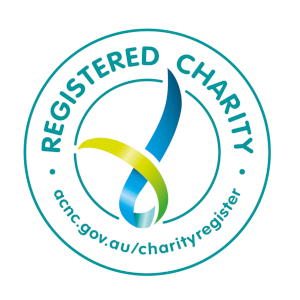Deafblindness, also called dual sensory impairment, is a lifelong condition that refers to the combination of having a loss of both vision and hearing.
People affected by this disability are significantly impacted in their daily lives due to the difficulty in communication and mobility. However, the degree to which someone is affected by this disability varies depending on the level of hearing and sight that is lost, and most people with deafblindness do have either some hearing, sight or both.
Generally, deafblindness occurs in either of the following ways:
- Loss of vision and hearing from birth or early childhood
- Blind from birth or early childhood and experience a loss of hearing later in life
- Deaf from birth or early childhood and experience a loss of sight later in life
Diagnosis
To be likely to meet the disability requirements in section 24 of the NDIS Act, it must be confirmed by an ophthalmologist and an audiologist that the person has deafblindness. These two specialists will assess the condition and determine if it is permanent and severe to total impairment of visual function and hearing.
If you are beginning to have vision or hearing difficulties, your local doctor is generally able to perform some tests to find the cause of the problem. They may then refer you to an ophthalmologist or an audiologist.
Signs and Symptoms
Hearing loss
- Needing to turn up the volume (e.g. TV, radio)
- Frequently asking people to speak louder
- Difficulty hearing someone speaking when there is background noise
Vision loss
- Blurred vision
- Tunnel vision
- Pain in the eyes
- Difficulty seeing in bright rooms
Treatment
It is important to note that the treatment available to someone with deafblindness will vary from case to case depending on the cause of the loss of vision and hearing. In some cases, no treatment is available.
Some treatment options include:
- Hearing aids (e.g. implants)
- Vision aids (e.g. magnifying glasses)
- Medical injections in the eye
- Various forms of surgery (e.g. cataract surgery)
Download:  Deafblindness Factsheet
Deafblindness Factsheet
Disclaimer
This fact sheet provides general information about the disability and is for informational purposes only. It is not a guarantee that you will meet the disability requirements in section 24 of the NDIS Act.


